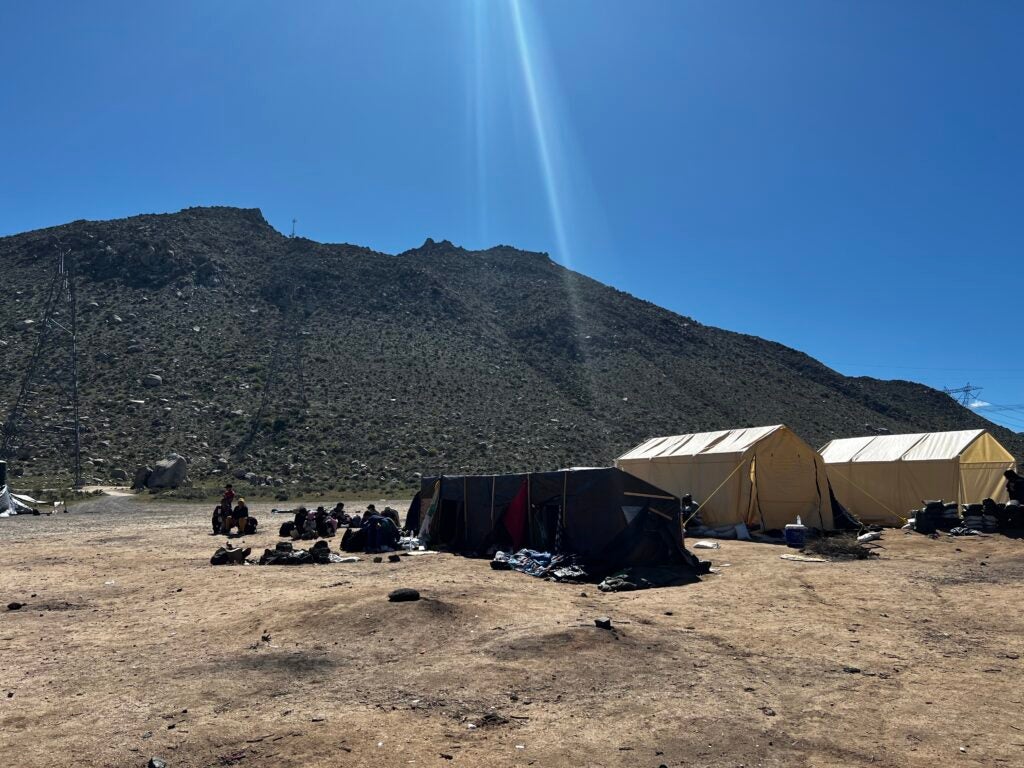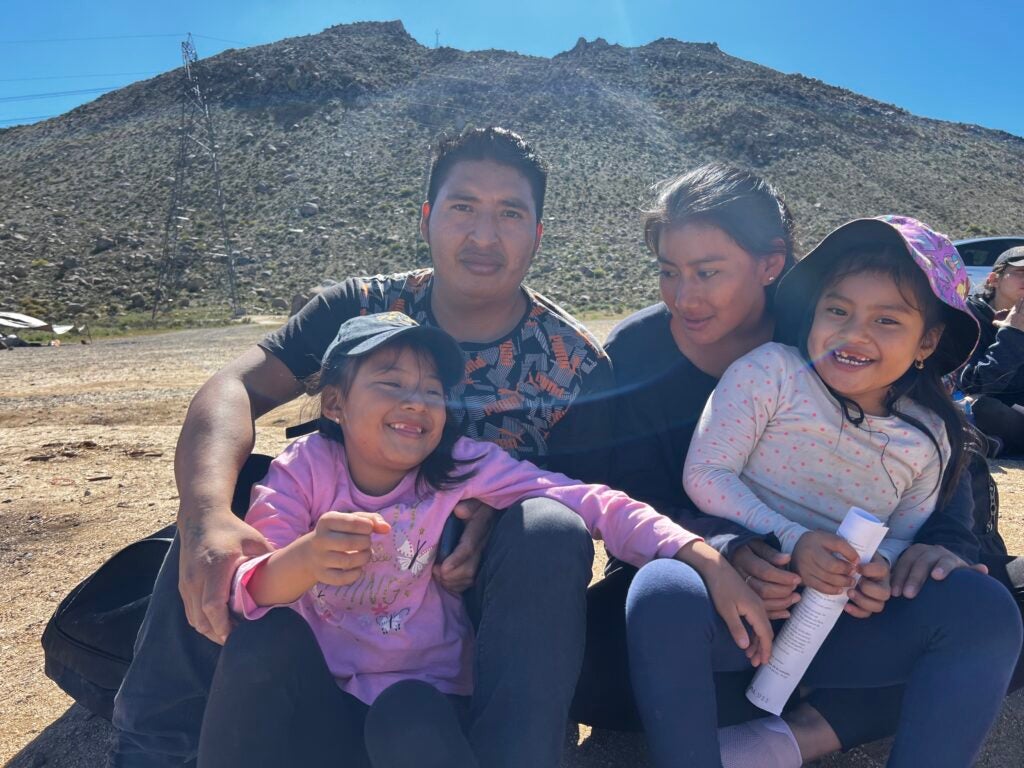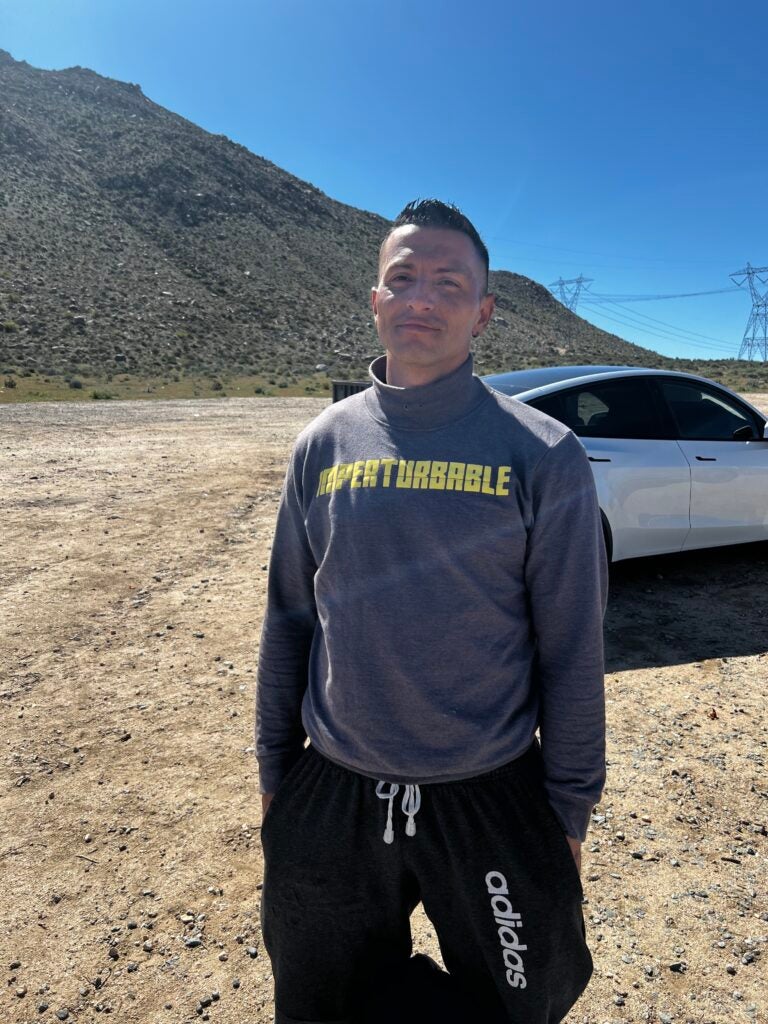I Asked Illegal Aliens If They Knew They Were Breaking Law. Here’s What They Said.
Virginia Allen /
SAN DIEGO, Calif.—Brandon says he left Cameroon on March 15 and crossed the border from Mexico into California four days later.
He knows it’s illegal to cross the U.S.-Mexico border between ports of entry, as he did, Brandon told The Daily Signal. But, he said, he did so because the “situation in my home country is not so good.”
Brandon, 25, didn’t provide his last name and declined to pose for a photo.
The illegal alien from the Central African nation said he has a cousin in Minnesota who helped him navigate the process of crossing the U.S.-Mexico border, a journey that cost him about $1,600.
After he entered California from Mexico, Brandon said, the U.S. Border Patrol processed him in about 48 hours. Agents checked his skin and asked him for his name and basic information, he said, but not why he had come to America.
The Cameroonian was one of about 120 illegal aliens released by the Border Patrol on Thursday morning at Iris Avenue Transit Center in San Diego. He also was one of the few who spoke good English.
Other illegal immigrants told The Daily Signal that they were from Afghanistan, China, Ecuador, Guatemala, India, Russia, Somalia, Togo, and Turkey.
What follows are personal accounts from two other men and a couple with children.
Tornike Mkheidze is from the former Soviet republic of Georgia. Mkheidze said he first traveled to London from Georgia, then to Cancun, Mexico, and finally to Tijuana before crossing the border into the U.S.
His trip cost thousands of dollars, he said, but he had to pay someone only $350 to show him the way to walk across the southern border from Mexico into California.
Mkheidze’s final destination is New York City, where he says he has a brother-in-law.
Why did he leave Georgia? For money, he replied. He hopes to get his green card in America.
Like Brandon, Mkheidze said he knew he broke the law entering the U.S. in the way he did. Border Patrol agents didn’t ask why he entered the U.S. or whether he has a criminal record, he said.
Many of the illegal aliens who cross from Mexico into the Border Patrol’s San Diego Sector do so in and around Jacumba Hot Springs and Campo, California.
In Jacumba Hot Springs, the Border Patrol uses a makeshift camp, set up by local citizens, as a holding location for illegal aliens until agents can arrive to transport them to a processing facility.

Angel Guaman and Jenny Granda and their children traveled to the U.S.-Mexico border from Ecuador. They crossed the border Wednesday and likely would be processed by Border Patrol agents within 48 hours.
They said their destination is Massachusetts.

Jeisson Fabian Barahona, 23, hails from Colombia. He flew to Tijuana and crossed the border into the U.S. from there, Barahona told The Daily Signal at the camp in Jacumba Hot Springs while waiting Wednesday for the Border Patrol.
Barahona said he plans to go to Chattanooga, Tennessee, but doesn’t know what he will do for work there.

The San Diego Sector’s primary operational area “consists of 7,000 square miles, including 60 linear miles of international boundary with Mexico and 114 coastal border miles along the Pacific Ocean,” according to U.S. Customs and Border Protection.
Since the start of fiscal year 2024 in October, CBP says the agency has encountered over 120,000 illegal aliens in the San Diego Sector, putting it well on its way to breaking the fiscal year 2023 record of 230,941 encounters.
Have an opinion about this article? To sound off, please email letters@DailySignal.com, and we’ll consider publishing your edited remarks in our regular “We Hear You” feature. Remember to include the URL or headline of the article plus your name and town and/or state.
